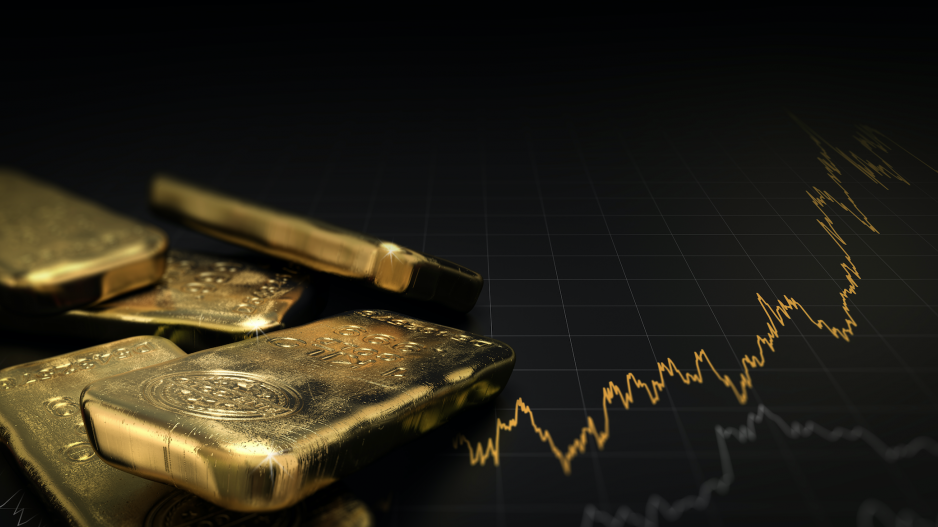A global crisis generally translates into bad news for financial portfolios, this is typically not the case for gold. half its value falling 56.8%. At that time, the price of gold jumped 25.5%.
As the COVID-19 concerns began to grow, it seemed that gold was going to react as it always had during times of crisis. On March 6, gold hit an eight-year high at US$1,700. However, that is where the growth would end. In the following days, gold fell 12.3% to US$1,491 on March 20 erasing all the gains made in 2020.
The jump in gold experienced in 2020 represented very small moves into Gold and was a function of large investors diversifying a little into gold since government bonds were offering lower returns according to Rick Rule CEO of Sprott U.S. Holdings Inc.
“A decline occurred for two reasons, one a general panic where people were looking for cash liquidity but more importantly the unwinding of margin long transactions in both gold only accounts and in general accounts with gold,” said Rule.
All asset accounts are getting hit as a result of the COVID-19 pandemic but if history is any indicator, gold will likely be the first to rebound. Rule says that moves by the Bank of Canada and the U.S. Federal reserve to lower interest rates and introduce new liquidity will ultimately be seen in the market overtime. If it is like 2008, gold and precious metal prices will rise but it will be delayed according to Rule.
When central banks add liquidity into the market, concerns that the additional money supply will increase inflation and decrease the value of currency causes people to move into other assets, like gold. Rule says he expects that trend to be repeated here. Over the past 40 years, Rule explains that the growth in precious metals prices during a crisis usually follows the same progression. In the near term, all asset prices go lower and the professional investor sector’s response will provide tail winds for the price of gold bullion, which will begin to increase in value first. Silver bullion will follow some time




